Hello World!
Hopefully, you can gather from the pictures on this page that I’m a girl and I love to race sailboats.
My family bought a 20’ Matilda sloop when I was 13 years old;
and I spent many summers trying to convince my parents to sail as much as possible. But, they loved to cruise and I always wanted to race. I fell out of sailing during college. However, my early thirties brought me to the Annapolis area. From a friend, I learned about the SpinSheet crew listing directory.
Once I put my name into that database, I got the opportunity to race on a C&C 99 and Beneteau 44.7.
From that time, one thing was clear – I had no clue what was going on. I forgot that jibs were upwind sails and spinnakers downwind. I had no idea what a windward / leeward race was – and there was no way I had a clue where the marks were on the course. But, at that point, I also knew that I was hooked. I had always loved the water and sailing; but I loved racing even more. However, I also knew that I had A LOT to learn and I wanted to be confident on the water.
My first race was in June of 2006. Since then, I have raced on Lightnings, J24, J30, J35, J105, Etchells, Beneteau 40.7 and Farr 30 repeatedly. Through friends I’ve met racing, I’ve had the opportunity to compete in local races such as Fall Series, Governor’s Cup, Solomon’s race, Screwpile, and a few North American championships. That experience lead to racing in the Heineken Regatta in St. Maarten, as well as delivering boats from Bermuda and Charleston back to Annapolis. Yet one thing has remained constant. I always want to improve my skills, feel stronger, and know more about what’s going on.
My role on the boat is typically jib or guy trim, pit or utility. I’ve dabbled with main trimming and drive the boat sometimes, but not in races. I’m still pretty afraid to drive – and pretty much everyone agrees that I’m not the person with the most balance or coordination to be on the foredeck during a race. Although, I believe that anyone on the boat should be knowledgeable about all crew positions.
It’s that desire that lead me to start the RaceGirlTalk Blog and RaceGirlRace Web Site. I figure, if I’m learning about these things for myself; there’s value in sharing with others too.
Oh, and by the way, I like the other fun things associated with sailing as well – regatta after parties, cruising, chartering and dive vacations, and whatever else I come across that looks like a good idea. So, expect to see my ideas about that posted here too.
These web sites are intended to be a resource for female racing sailors that covers topics such as racing education, nutrition & fitness, sailing clothing that works, cute stuff to wear to the after party, sailing gear, sailing related vacations & fun stuff. How to race as strong as the guys, but still be a girl.
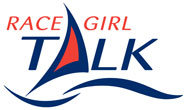
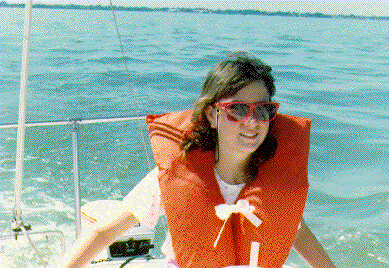

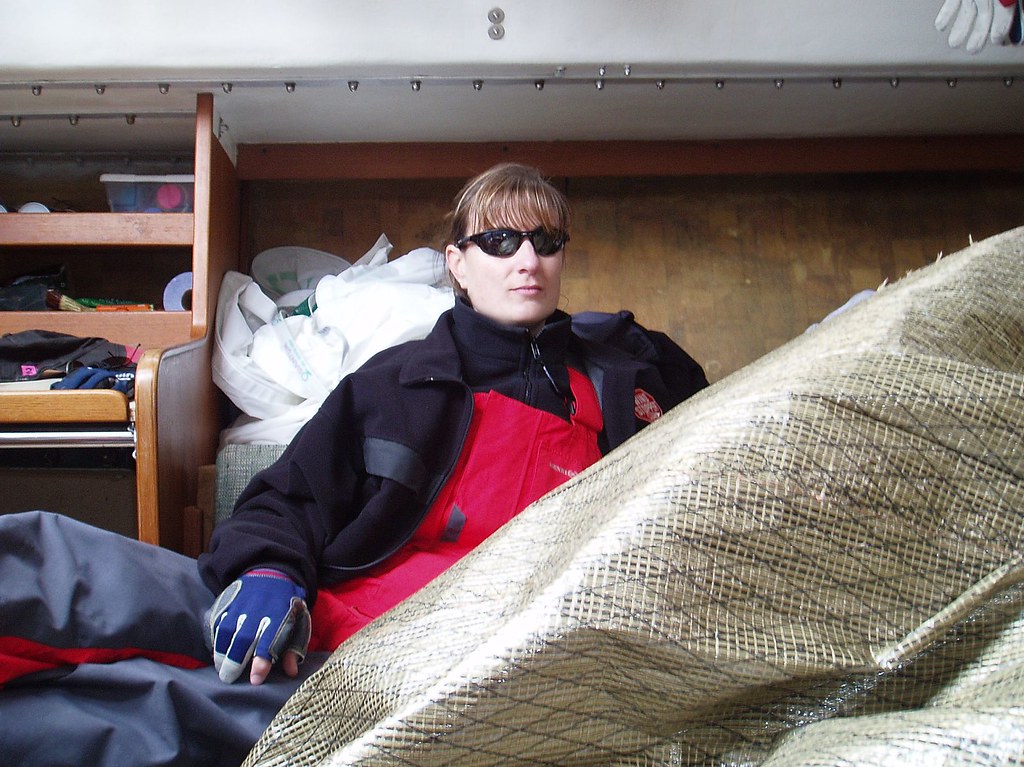
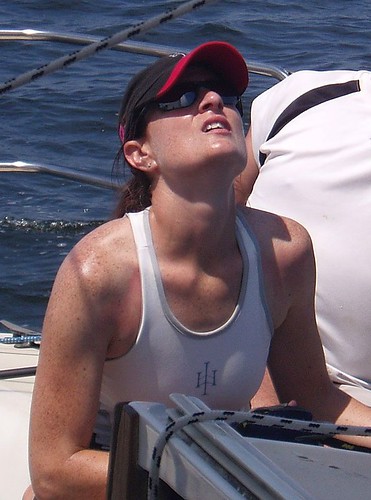
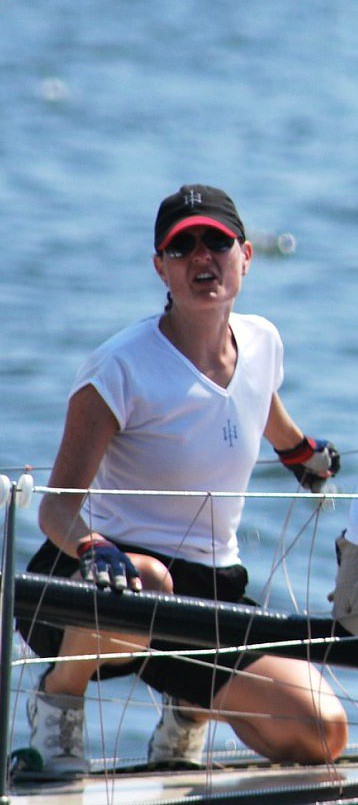
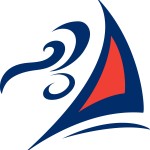
Capn’ Pauley on the Low Cost Voyage Yahoo group site, recommended I contact you about the below items as you have sailed from Bermuda to Annapolis. Would appreciate any information you might have to pass to my Bro. on the transit.
> Brother and I with possible 4 other crew members have registered for
> the Bi Annual BOR on his Beneteau 423 (43 feet), for June 8, 2012 race.
>
> Going through the BOR’s requirements, upgrades and safety equipment
> (plan to rent LifeRaft and EPRIB) list now. Looking for any tips from
> former BOR or TransAtlantic voyagers. Particularly interested in:
> – Logistical issues of food, drinking water (gallon a day per member?)
> – Berthing issues
> – Watch schedule
> – Heavy weather issues
> – Navigation issues
> – Communication issues
> – Crew at sea drills
> – Budget sharing for consumables (fees, food and fuel) among crew.
I highly recommend attending one of the Safety at Sea seminars in preparation for the race. You can find the schedule of seminars at the US Sailing web site http://offshore.ussailing.org/SAS/Seminars/SAS_Calendar.htm This seminar covers the topics you listed in your points above, and then some. The web site http://www.bermudarace.com also shares a lot of resources about race preparations. Safety at Sea Seminar attendance by 30% of each crew within the past 5 years will be required for participation in the race. You can take the seminar at many different locations throughout the US in the January – March 2012 time frame.
I took this class at the Naval Academy in 2010 and I’m looking forward to taking the refresher in 2012. I completed the technical and theory sessions on Saturday, as well as the hands on session on Sunday. It was weird to jump into a swimming pool wearing full foulies and my inflatable pfd. However, it really built my confidence. Righting a life raft in the pool also helped me know my strength and how to leverage my body weight. This all came in handy to keep me calm a few weeks ago when we capsized a Lightning during a gusty heavy wind Saturday race.
We had a crew back at home monitoring our progress for the return trip on the Beneteau 40.7 that we delivered back to Annapolis. We used a staggered watch schedule so that night watches were shorter than day watches. If you had late night watch one day, you did not have it the next day. We had a Spot onboard and signalled our position at each watch change.
I also recommend taking advantage of the container shipping option to get additional gear and supplies to Bermuda. You can purchase shipping for plastic containers full of your supplies. They will then be easily retreivable when you get to Bermuda. Just to note — food and water are incredibly expensive when you get to Bermuda. So, you might want to look at shipping down provisions for your return trip. I remember being in awe paying the grocery bill when I realized that bottled water was over $40 per case (normal 24 bottle case that you would pay $4 or $5 for here).